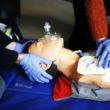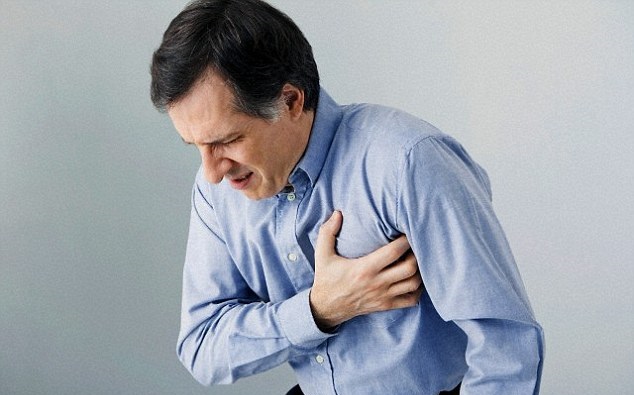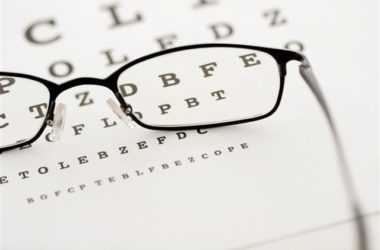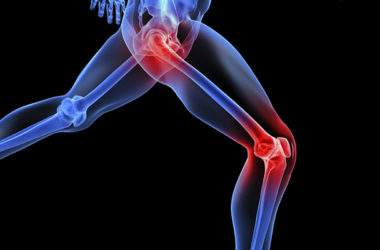First things first — chest pain is something that you should not take lightly because it can indicate a heart problem. However, there are also a handful of other potential causes of chest pain, some of which can be non-life-threatening such as in the case of chostochondritis. If your doctor gave you a clean bill of health, there’s a possibility that the discomfort you are experiencing in your chest area is non-cardiac in nature.
One of the common non-cardiac causes of chest pain is the so-called chostochondritis — a condition characterized by the inflammation of the cartilage that attaches your ribs to your sternum, or what’s more commonly known as breastbone. Some medical professionals refer to chostochondritis as costosternal syndrome or Tietze syndrome, most especially if the inflammation is accompanied by sharp or pressure-like pain in the chest.
Although it may last for several days or even weeks, it’s important to note that chostochondritis tends to go away on its own. A doctor may prescribe non-steroidal anti-inflammatory drugs or NSAIDs, sometimes drugs for depression and seizures too. Always remember that you should seek medical attention at the first sign of chest pain in order to determine whether or not it is something related to your heart.
Causes and Risk Factors
Doctors usually cannot pin down the exact cause of chostochondritis. However, there are cases wherein it is usually brought about by an injury, such as a hard blow to the chest. Someone who exercises too much or lifts very heavy weights may be at risk of suffering from the problem. It’s not unlikely for you to end up with chostochondritis if you are coughing severely. It may also strike someone who is suffering from arthritis or joint infection.
Experts say that chostochondritis is more common in women and people who are over past the age of 40. They add that teenagers and young adults, males and females alike, are also at risk of Tietze syndrome, something which is characterized by both inflammation and pain of the affected area.
Symptoms
What makes a lot of people with chostochondritis fear for their lives is the presence of chest pain, which is something that is commonly associated with the heart. This is most especially true as the pain caused by chostochondritis can sometimes be felt on the left side of the breastbone. The pain experienced can range anywhere from sharp to pressure-like. One or more ribs can be affected, and the person who has it can point exactly where the pain originates.
There is one thing that separates chostochondritis from cardiac pain — when you breathe deeply or cough, the pain caused by chostochondritis tends to worsen or intensify. On the other hand, angina (a type of chest pain due to insufficient blood supply to your heart) practically remains the same when you breathe in or cough.
Treatment and Home Remedies
Just like what’s mentioned earlier, chostochondritis tends to go away on its own although it may take several days or even weeks. NSAIDs available OTC may be taken in order to help reduce both pain and inflammation. A doctor may prescribe stronger painkillers, but they usually come with more unfavorable side effects.
In severe cases of chostochondritis wherein the symptoms are intolerable, the patient may be given narcotics. There are instances, too, wherein the intake of drugs for depression or seizure may be recommended by a doctor.
Physical therapy may help provide relief from the symptoms of chostochondritis. There are stretching exercises the patient may do. In some instances, undergoing transcutaneous electrical nerve stimulation or TENS may help by applying regulated electrical current to the affected area to block nerve signals.
At home, the patient may apply hot compresses on the affected area several times a day. Some people attain relief from chostochondritis by applying cold compress to the painful area. Definitely, taking lots of rest is important in order to prevent worsening of the symptoms and help speed up the healing process.












